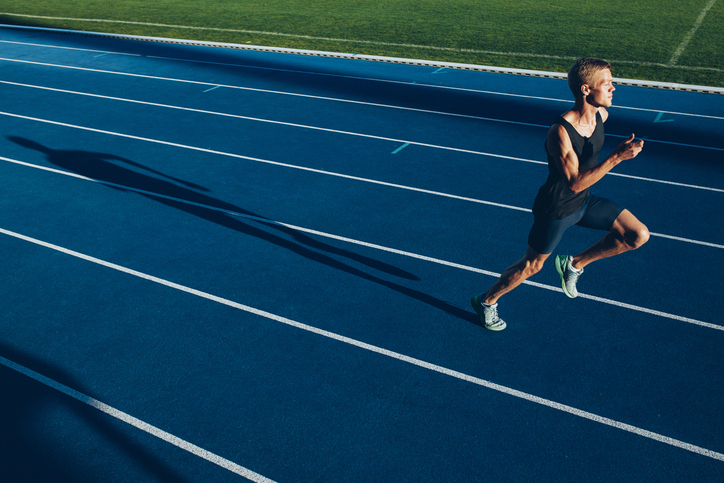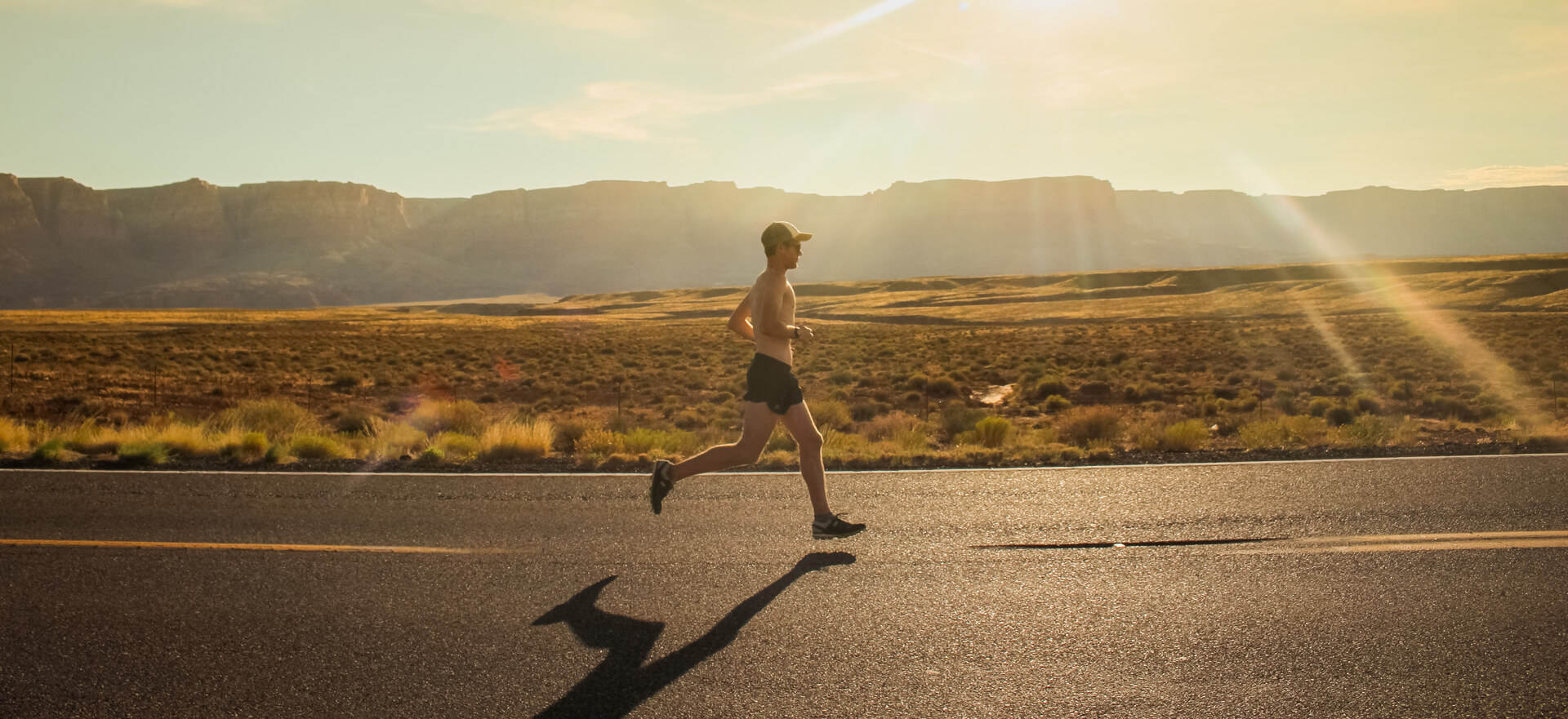
Legendary American running coach Jack Daniels observed a remarkable uniformity at the 1984 Los Angeles Olympic Games when he studied the number of steps that Olympic runners, from 800m to the marathon, typically took while competing.
All of them, male or female, short or tall, took between 180 to 200 steps per minute, with the higher stride rate – or ‘cadence’ – recorded at the lower end of the distance range.
Cadence of Athletes
Daniels discovered that the slower the cadence, the longer you are in the air and the harder you land back on the ground. Hence, slow stride rate means more impact, which can lead to greater risk of injury, while an increased cadence reduces the impact force of running.
How many times our feet touch the ground when we run has an effect upon our running economy (lower cadences are more inefficient) and our running form (higher cadence reduces over-striding and impact forces).
Daniels’ research led to running experts citing 180 steps per minute as the gold standard for running economy and the stride rate at which over-striding can be minimised, impact forces can be reduced and forward momentum can be maintained.
Cadence of Amateurs
Daniels then proceeded to count the steps of less accomplished runners (typically, those newest to the sport) and found that cadences were generally much slower – sometimes down at 160 steps per minute.
Mitchell Phillips from Stride UK (strideuk.com), in Hove, Sussex, says:
“To consciously change a running style or plant your foot in any way different from what you usually do can result in new and painful conditions and injuries occurring. If you were to improve your cadence in a controlled environment over a sustained period of time, good running technique and the resulting improvement in performance are natural outcomes.”
GET IN THE GROOVE
Common reasons for a slow cadence are poor quadricep flexibility, weak hamstring strength, low levels of cardio fitness or poor running posture.
Don’t simply head out on your next run, ramp up your stride rate and expect to happen upon a faultless running cadence. Instead, take time to tune into your stride pattern, leg turnover and foot strike.
Buy a sound-emitting metronome (or download an app) that allows you to run to a constant rhythm. Just clip it on to a sleeve or jacket and enter in the cadence you wish to run at. This metronome will emit a short “beep” each time you should be planting your foot. Warning: if you use it in races, other runners may find it a tad annoying!
TAKE THE CADENCE TEST
Find a flat, smooth surface – an athletics track is ideal – and time yourself running on it for 60 seconds. Count the number of times your right (or left) foot hits the ground. The resulting figure is your cadence. Doubling this figure again will give you your ‘steps per minute’.
■ 140+ (70 steps per minute on each leg)
This is quite a low stride rate and suggests you may be over-striding, injury prone and inefficient. Consider upping your stride rate.
Performance efficiency rating: 5/10
■ 160+ (80 steps on each leg)
This is a comfortable cadence for many new runners. It could be a sign that you’ve settled into a lot of one-paced running, or are a heel striker.
Performance efficiency rating: 7/10
■ 180+ (90 steps on each leg)
This is bang on the bull’s eye for economical and injury-free running. Congratulations!
Performance efficiency rating: 10/10
3 STEPS TO QUICKER CADENCE
1. Ramp it up
Spend 5 mins running at your natural cadence. Then run 5mins counting your steps at a cadence of 170bpm. Then 5mins running a cadence of 180 steps per minute. Then, for a final 5mins, try to increase it to 180+ steps per minute. Some elite runners achieve a cadence of over 200 steps per minute!
2. Get sprinting
Leg turnover and speed work can be developed with short, high-intensity running. On a treadmill or running track, run two sets of 4x150m sprints. Take a few minutes recovery before repeating the rep and the set.
3. Get flexible
Develop good hip and hamstring mobility and flexibility. Spend time working on dynamic exercises to help improve range of motion.






